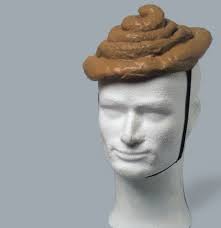Any hair transplant should be treated the same with regard to the recipient area, but if the donor area has open wounds (FUE), it requires daily washing with soap and water. Within 3 days of surgery, you can resume full activities, heavy exercises if you wish. The recipient area requires daily washes as well to keep the recipient area free of crusts. I generally recommend the use of a sponge and supply our patients with a surgical sponge to fill with soapy water (we supply the shampoo) and press on the recipient area daily in a rolling motion, never rubbing it. By repeating this daily, all crusts can be washed off without any fear of losing grafts from day one forward. If any crust are present, use a Q tip and dip it into soapy water or shampoo and roll it on the crusts and that will lift them off without dislodging them, but never rub them, just roll the Q tip on the recipient crust. I like to see no evidence of any crusting in the recipient area and the crusts from the donor area gone in the first day with daily washing and stay that way. Here is an example of the way is should look like in 12 days with before and after pictures:
http://baldingblog.com/2007/12/14/12-days-after-hair-transplant-with-photos/
The following is an example of one of the worst crusting I have seen in a picture:
http://baldingblog.com/2015/06/04/fue-from-turkey-help/
The problem with this type of crusting, the grafts get pulled out as the crusts come off. We wrote about this in a medical journal here:
http://newhair.com/pdf/mp-2006-graft-anchoring.pdf
The key is good washing starting from day one.




